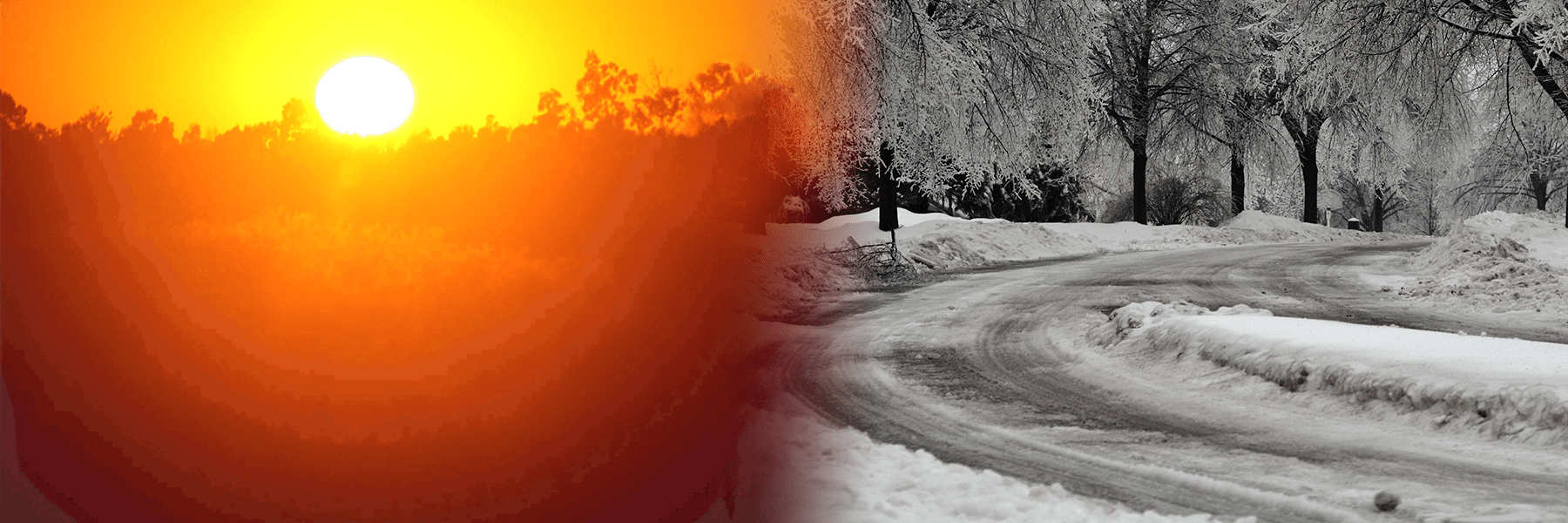Researchers Developing New Rapid Response Tool to Help Evaluate the Causes of U.S. Extreme Temperature and Drought Events

In the past decade, scientists have made great advances in their ability to attribute extreme climate and weather events to underlying causes including human-caused climate change and recurring climate phenomena such as El Niño. Now, a NOAA- funded research project will develop these advances into a prototype service to regularly evaluate the causes of extreme heat and cold waves and drought in the United States. This 3½ year effort brings together scientists from four NOAA labs/centers and university scientists at two of NOAA’s Cooperative Institutes. In this project, researchers will monitor for these extremes, analyze observed trends in a historical context to determine the chance of these events occurring, and use climate models to assess the influence of multiple causes. An overview of this project appears in the BAMS special report, Explaining Extreme Events of 2020 from a Climate Perspective.
Attribution of heat and drought extremes for the United States will require a better understanding of the regional differences across the United States. For example, understanding the contrast between the “warming hole” in the Eastern United States – where daily maximum temperatures have not increased – with the strong warming seen in the Western United States is of primary importance. Will this pattern persist? Or is a reversal of this pattern possible, uncovering the unrevealed hazard of extreme heat that has not yet been seen over larger parts of the country? Through a multi-pronged approach of careful monitoring, identification of the causes of events historically and in the present day, and a blending of observational and model-based analysis the researchers hope to answer these questions.
Every year NOAA identifies billion-dollar climate and weather disasters. As the climate warms, the impacts of these disasters are increasing. Understanding the causes of extreme climate and weather events will help communities, and emergency and resource planners better anticipate and plan for future events.
Barsugli, Joseph J. (PSL/CIRES), David R. Easterling, Derek S. Arndt, David A. Coates, Thomas L. Delworth, Martin P. Hoerling (PSL), et al. (2022): Development of a Rapid Response Capability to Evaluate Causes of Extreme Temperature and Drought Events in the United States. Bull. Amer. Meteor. Soc..
Posted: February 14, 2022